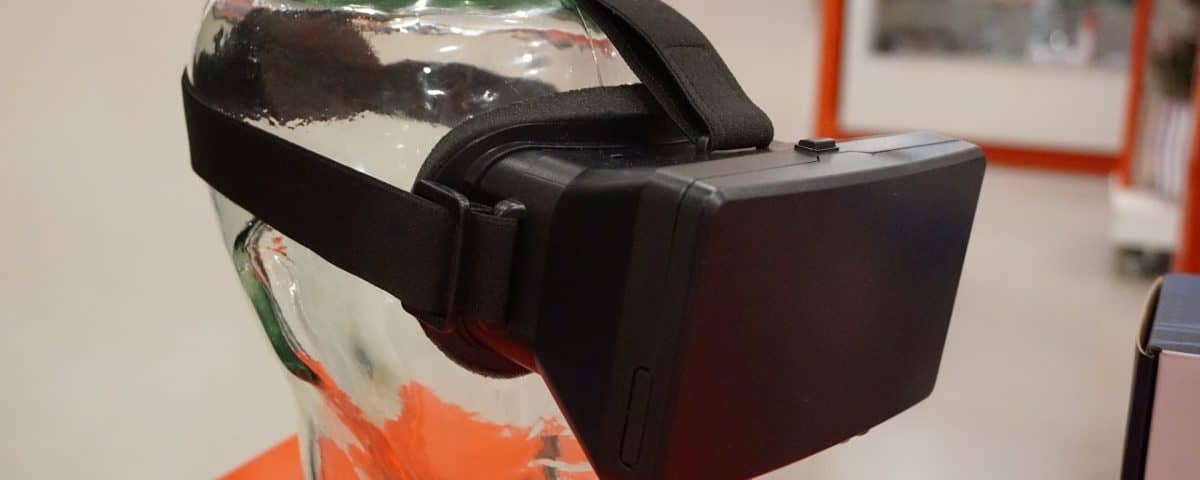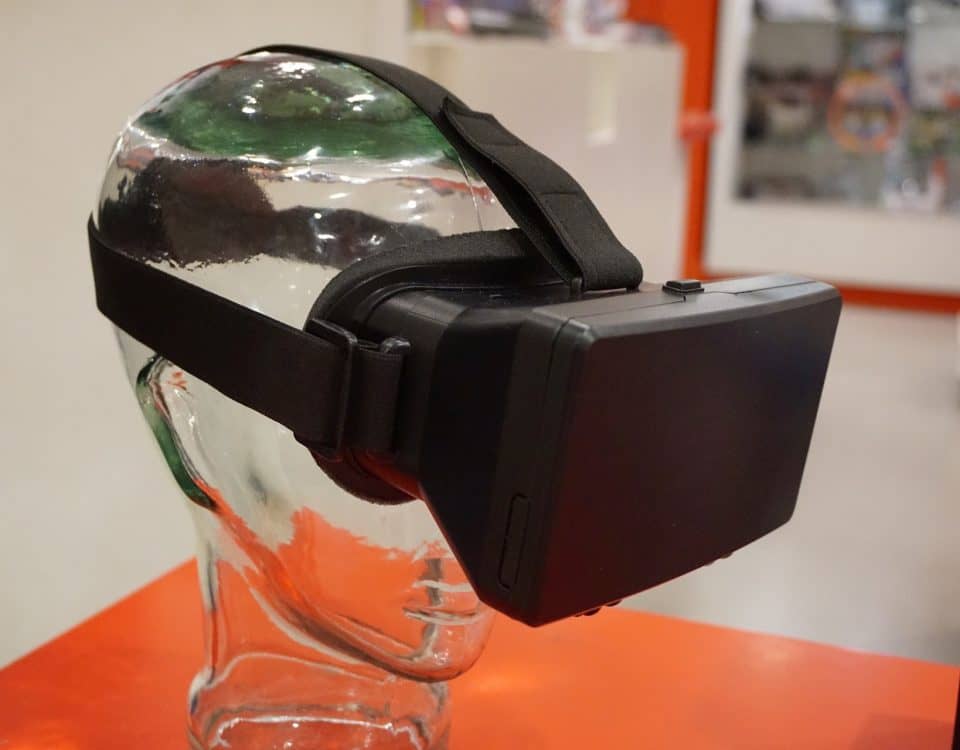4 Ways Virtual and Augmented Reality Can Reshape Real Estate
Imagine being able to take an open-house tour of a home for sale in your town without actually driving to the property; or, while walking your dog, taking a photo of a house in a nearby neighborhood and finding out how much it last sold for. These kinds of experiences are coming from a real estate agent near you, if they haven’t already.
Virtual and augmented reality are poised to grow in all kinds of industries in the years ahead, from manufacturing and logistics to healthcare. IDC predicts that worldwide revenues for the VR/AR market will reach $13.9 billion in 2017, which would be an increase of 130.5 percent over the $6.1 billion spent in 2016. The research firm expects to the market to then explode over the next few years, reaching $143.3 billion in 2020.
While VR produces a computer-generated reality that users can interact with (usually via a headset), augmented reality involves digital information being brought into a user’s field of view and overlaid onto the real world, which they observe usually through a smartphone’s camera.
One industry that VR and AR have already started to transform is the real estate business. Long associated with in-person tours and the enticement of empty apartments or houses (preferable to those filled with the current owners’ furniture), house hunting stands to gain as AR and VR make the process more convenient for real estate agents. The technologies can also deliver a more engaging experience for potential buyers and lead to increased sales.
Here is a quick primer on the ways in which VR and AR can reshape the real estate market.
1. 3D Tours Offer an Immersive Experience
Virtual reality allows real estate companies to provide prospective buyers with immersive, 3D tours of properties. Matterport, a 3D camera technology company, is working with web-based real estate firm Redfin to provide 3D walkthroughs.
“We’re making a digital copy of the inside of the world,” Marc Rehberger, Matterport’s director of commercial real estate, told Forbes. “It increases the amount of time spent on an ad between three to six times when there’s a Matterport model on that ad. … It’s very, very sticky.”
Matterport has scanned more than 550,000 properties since it started in 2011, and the company, according to Rehberger, is “supplying a dimensionally accurate model of the space exactly how the human eye would see it. People who are investing, people who are using [and] people who are buying love the ability to understand the space because it’s natural. It’s exactly the way it is.”
Prospective renters in Arlington, Va., can now tour apartments using VR. Developer CRC is partnering with Immerse Virtual Reality Nation to create a VR tour of a new apartment building still under construction, according to an ARLNow report. “Using an HTC Vive headset with two motion sensors, residents can experience a realistic, 360-degree home tour of what their apartment will look like after construction,” the site reports.
Such tours cans save real estate agents time. “Ask any agent about the time suck involved in showing clients houses,” John Mazur, CEO of real estate app Homesnap, told Forbes. “VR/AR is going to change the game here and allow potential buyers to ‘experience a home’ at another level and better filter out homes they do/don’t like, saving agents time.”
2. Digital Furniture Lets Buyers Make a Space Their Own
Open houses often mean that potential homebuyers are walking through a house fully furnished by the owner who is selling. AR allows potential buyers to see the home with their own furniture or styles in mind.
Virtual staging technology company roOomy allows buyers to visualize any apartment or room in a house in the way they would want to decorate it.
“Drawing from a catalog of more than 100,000 furniture and household items, roOomy allows you to upload a picture of a room and virtually decorate it to reflect your personal tastes,” Forbes reports. “Agents, investors and buyers alike can take advantage of these amazing tools.” RoOomy works in concert with Google’s Tango, an AR technology.
3. Virtual Walkthroughs Sell Buyers on an Unbuilt Location
VR can also help backers of a real estate project visualize the property for potential buyers before construction even starts.
One company, Virtual Xperience, uses 3D modeling to let users wearing VR headsets access full walkthroughs of properties that are in development or under construction.
Developers can use the company’s technology to create customized color palettes, materials, furnishing and lighting conditions, to help buyers personalize and visualize the unbuilt properties, Forbes reports. The company offers 2D images, 3D walkthroughs and a 3D flythrough video experience.
“As a developer, it’s often hard to have a prospective buyer visualize the end product. This causes longer sales times, reduces the ability to pre-sell projects, leaves funds stuck in projects longer and delays the cycle,” Ridaa Murad, founder of Breakform Realty Ventures, told Forbes. “With VR/AR, you can now show prospective buyers what the end product will be, adding a concrete level of tangibility and increasing the ability to pre-sell projects.”
4. Gets Details on a House While Walking Your Dog
Want to get the details on a house you like in the neighborhood without looking up the listing? Realtor.com’s updated Android application now has a feature called Street Peek that uses AR to display details about a home when users point their phone’s camera at it. “Even if the house isn’t for sale, you’ll still see all the important details from the real estate website’s database,” Engadget reports. The app offers details like listing or rental price, recently sold price, estimated value and the number of bedrooms and bathrooms in the house, and can even deliver that info on groups of houses at the same time.





4 Comments
These is informative content. Want to show you another useful article https://virtual-staging.archicgi.com/3d-home-stages-7-differences/
Nice post, here’s another interesting one https://virtual-staging.archicgi.com/3d-home-stages-7-differences/
Thanks for sharing this information is useful for us, also I read an article on the same theme https://virtual-staging.archicgi.com/virtual-staging-services-7-project-stages/
Thanks for sharing this information! So useful. I have also read an article on the same subject here, with some good points too https://virtual-staging.archicgi.com/3ds-max-virtual-staging-advantages/